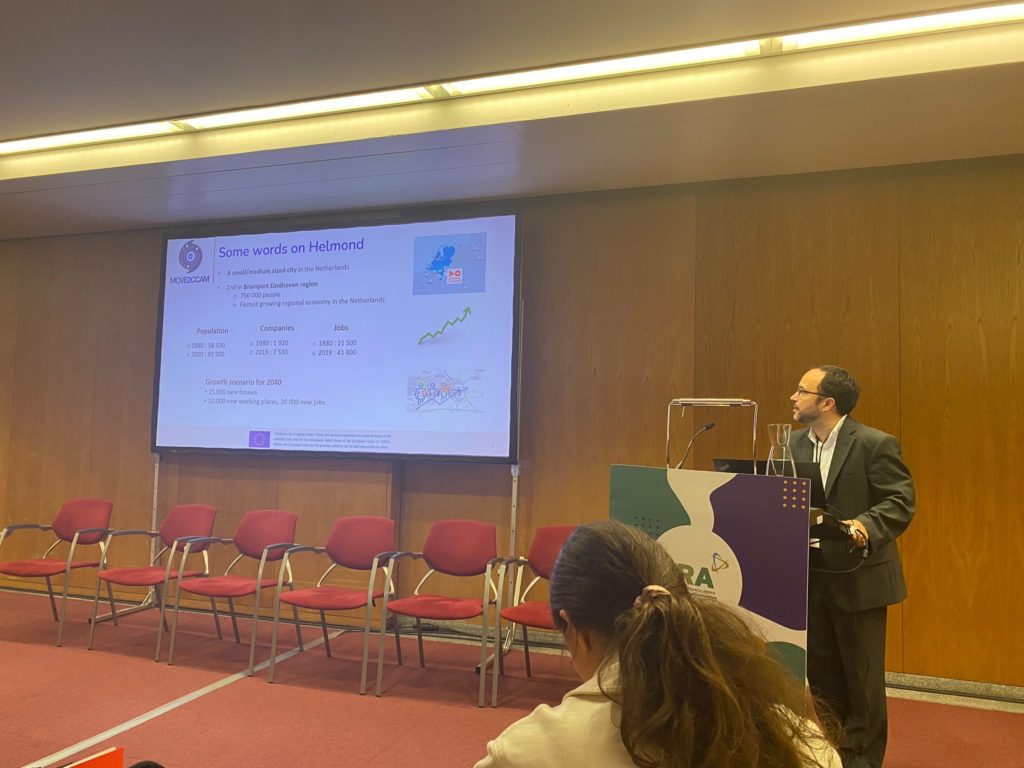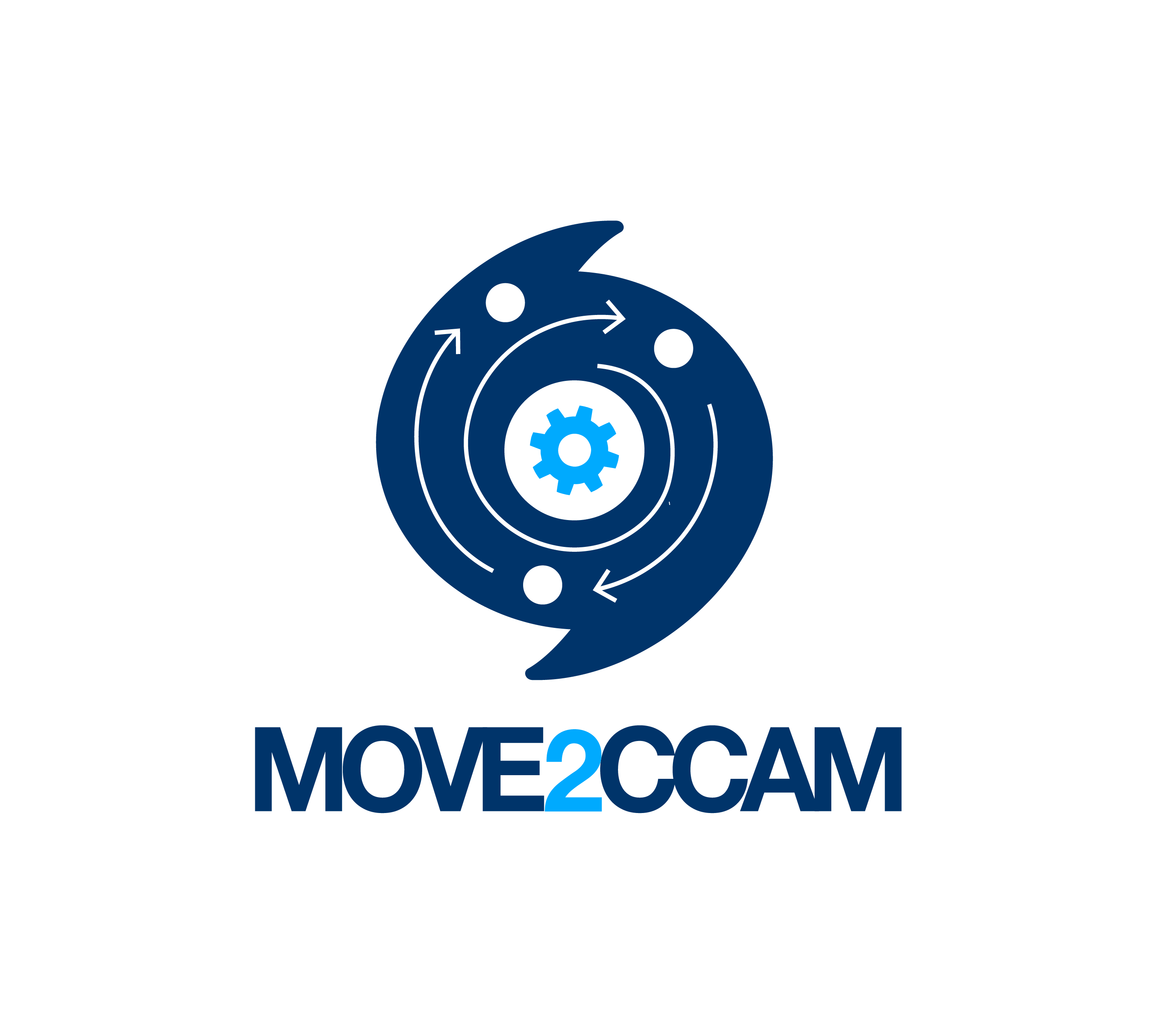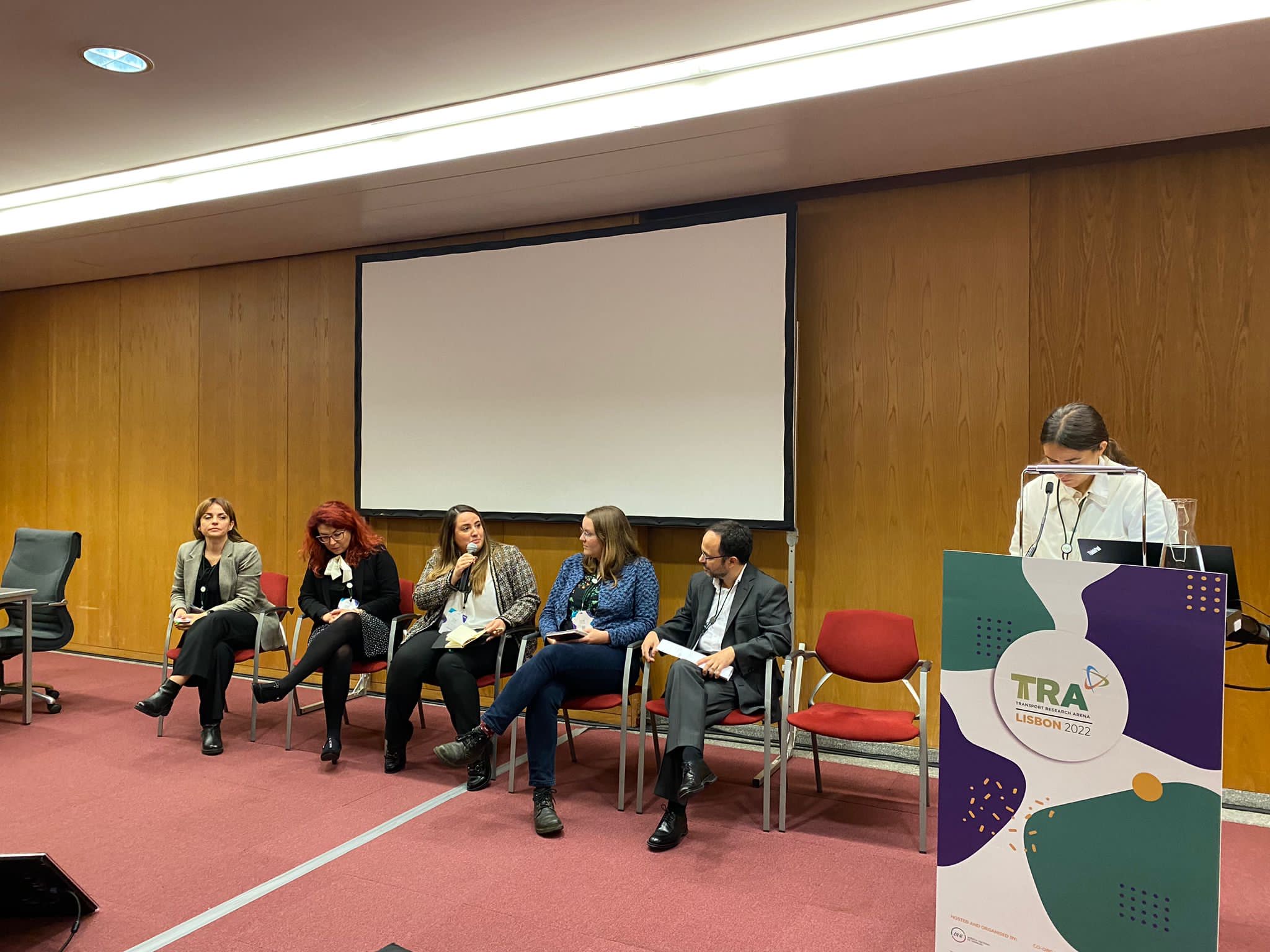
MOVE2CCAM was invited by the European Commission to participate in a session entitled “Making CCAM a smart solution for society” at the Transport Research Arena (TRA) in Lisbon on 15th November 2022. The focus of the session was on social acceptability of CCAM solutions. The purpose was to better understand, based on past and current EU projects, to which extent and how innovative CCAM solutions can meet the needs of society, as a whole or in terms of specific groups.
The session was chaired by Suzanna Kraak, Policy Officer at the European Commission, DG RTD. Susanna introduced the session by providing attendees with an insight on policy perspective regarding the need to develop and deploy smart and sustainable mobility solutions for all.
Then the results of some Horizon 2020 projects focusing on social acceptance and driver behaviour were given : Evita Papazikou focused on an analysis of the societal level impact of Connected & Automated Transport Systems developed in Levitate project; Lilia Gatanidou presented some insights from Drive2theFuture project; Kathrin Raunig evoked some stakeholder engagement activities regarding CCAM carried out within Catapult project.
The session was an opportunity to make the link between past and recently started initiatives. Indeed, two freshly selected Horizon Europe projects initiated their activity in September 2022 : SINFONICA and MOVE2CCAM. Giulia Renzi presented an overview of the strategies, methods and tools SINFONICA partners intend to develop to engage CCAM users.
Matthieu Graindorge, Senior project manager, City of Helmond presented how the city of Helmond intends to co-create efficient CCAM services thanks to MOVE2CCAM project. Matthieu mentioned notably that in Helmond, as in many small and medium-sized cities, efficient last mile connections from and to the main mobility hubs and train stations are lacking. CCAM solutions could help the City address this specific issue through the implementation of reliable shared mobility solutions for last mile transport services. To be efficient, those CCAM solutions have to be thought today in complementarity with mass transit systems. Furthermore, it is crucial for the City of Helmond to involve stakeholders and citizens in the design and implementation of these CCAM solutions. Their needs, expectations but also fears have to be taken into account if one does not want CCAM solutions to be gadgets, but to become efficient and used services. Matthieu stressed that MOVE2CCAM will help Helmond towards this objective by creating a framework, called MOVE2CCAM satellites, to codesign CCAM solutions with organisations and stakeholders. A tool will be developed in MOVE2CCAM, then tested with stakeholders and citizens in Helmond to assess the system-wide impacts of new CCAM solutions. Within MOVE2CCAM also, a showcase of CCAM solutions will be organized in order to investigate in real life the acceptability on citizens.
Matthieu’s presentation was followed by an interactive session with the attendees on their ideal vision for CCAM deployment by 2050. Many various opinions were expressed but it was an inspiring moment where the audience and the speakers gave exciting insights and thoughts. A panel – gathering the speakers – concluded the session.



